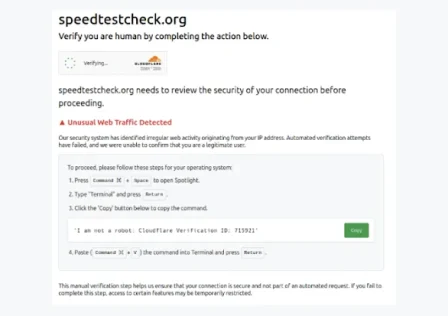A financially motivated threat actor codenamed UNC5142 has been observed abusing blockchain smart contracts as a way to facilitate the distribution of information stealers such as Atomic (AMOS),… Continue reading
Tag: Sites
Cybersecurity researchers are calling attention to a nefarious campaign targeting WordPress sites to make malicious JavaScript injections that are designed to redirect users to sketchy sites. “Site visitors… Continue reading
A number of in-game websites and apps which may well be a part of GTA 6 have leaked, and they appear to parody the likes of Uber and… Continue reading
ShadowCaptcha Exploits WordPress Sites to Spread Ransomware, Info Stealers, and Crypto Miners
A new large-scale campaign has been observed exploiting over 100 compromised WordPress sites to direct site visitors to fake CAPTCHA verification pages that employ the ClickFix social engineering… Continue reading
Threat actors are actively exploiting a critical security flaw in “Alone – Charity Multipurpose Non-profit WordPress Theme” to take over susceptible sites. The vulnerability, tracked as CVE-2025-5394, carries… Continue reading






